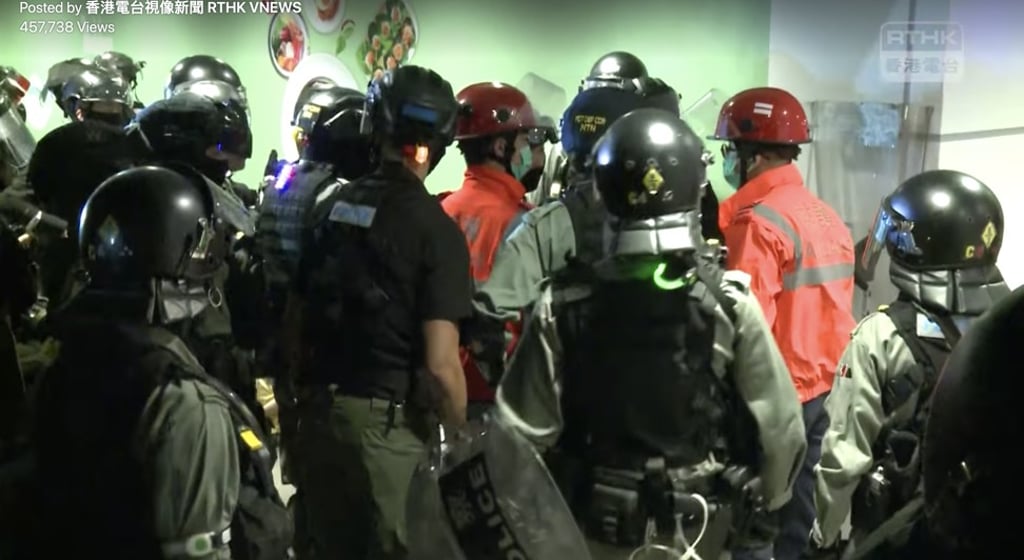Advertisement
Letters | As Hong Kong protests disrupt the workday, keeping the information flowing could help
- An integrated “city dashboard” could keep everyone informed of blocked roads, suspended MTR stations, or closed public facilities, while an interdepartmental platform could help the government better manage crises
Reading Time:2 minutes
Why you can trust SCMP

Last week, the entire city was brought to a standstill. As traffic was paralysed, schools had to suspend classes, emergency services were blocked, and the working class on hourly wages suffered. People find it hard to cope with changing situations without accurate and updated information.
Therefore, I suggest the following:
1. For the government, a “common operational picture” – a central platform that enables the exchange of information and facilitates coordination among departments.
Advertisement
Apart from the police, the platform should include the departments of transport (traffic situation), highways (road closures and repairs), fire services (emergency services update), information services (refute rumours), food and environmental hygiene (assuring food supplies, public cleaning), education (school arrangements), environmental protection (air quality), and leisure and cultural services (closures of facilities), as well as the Hospital Authority (updated clinic and hospital services availability).
The Geotechnical Engineering Office already has such a platform, which integrates information from various departments, including data from 90 rain gauges and landslide reports. Information is uploaded to the cloud server for integration, and the distribution of emergency events is displayed on a big screen for coordinating the response.
Advertisement

Advertisement
Select Voice
Choose your listening speed
Get through articles 2x faster
1.25x
250 WPM
Slow
Average
Fast
1.25x